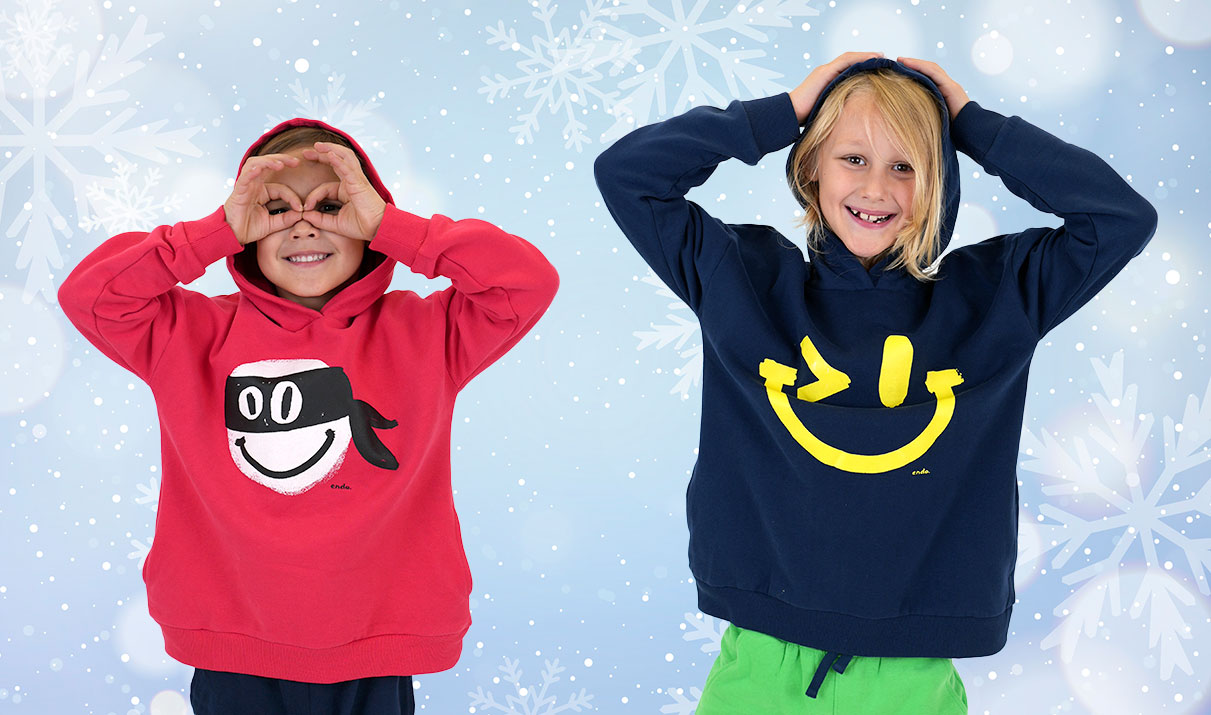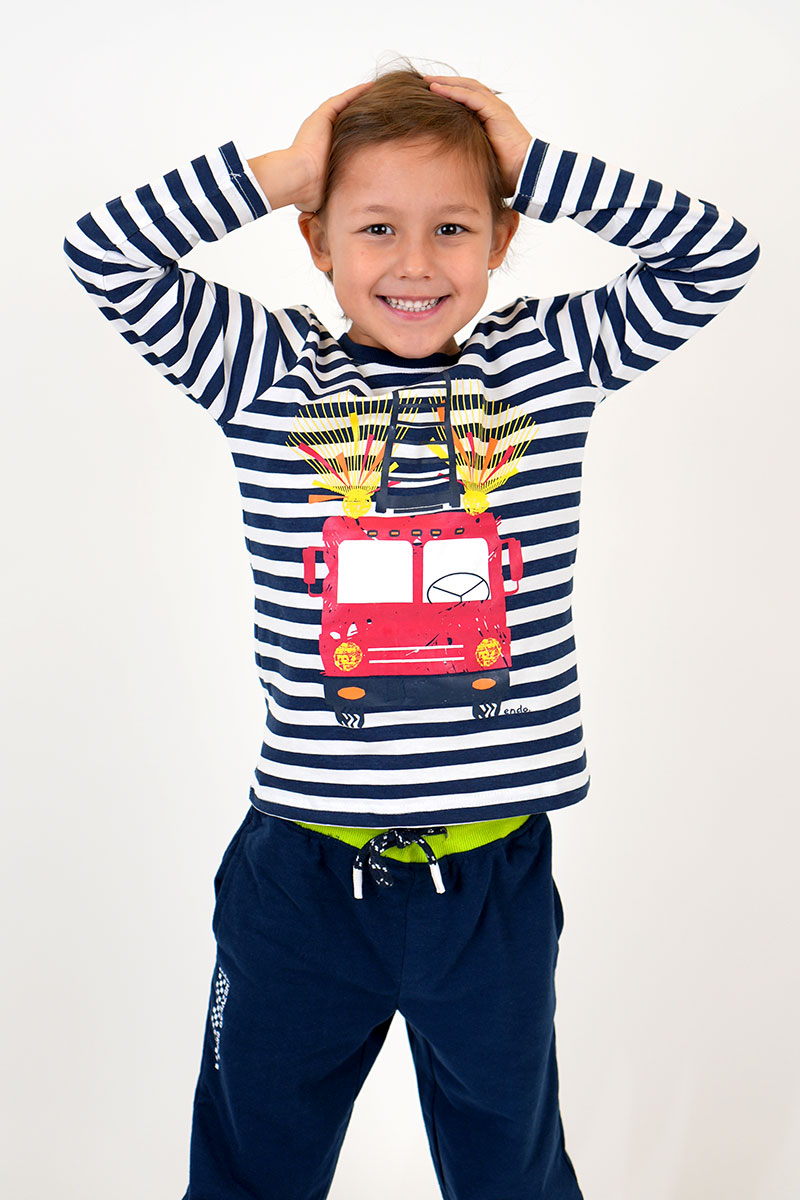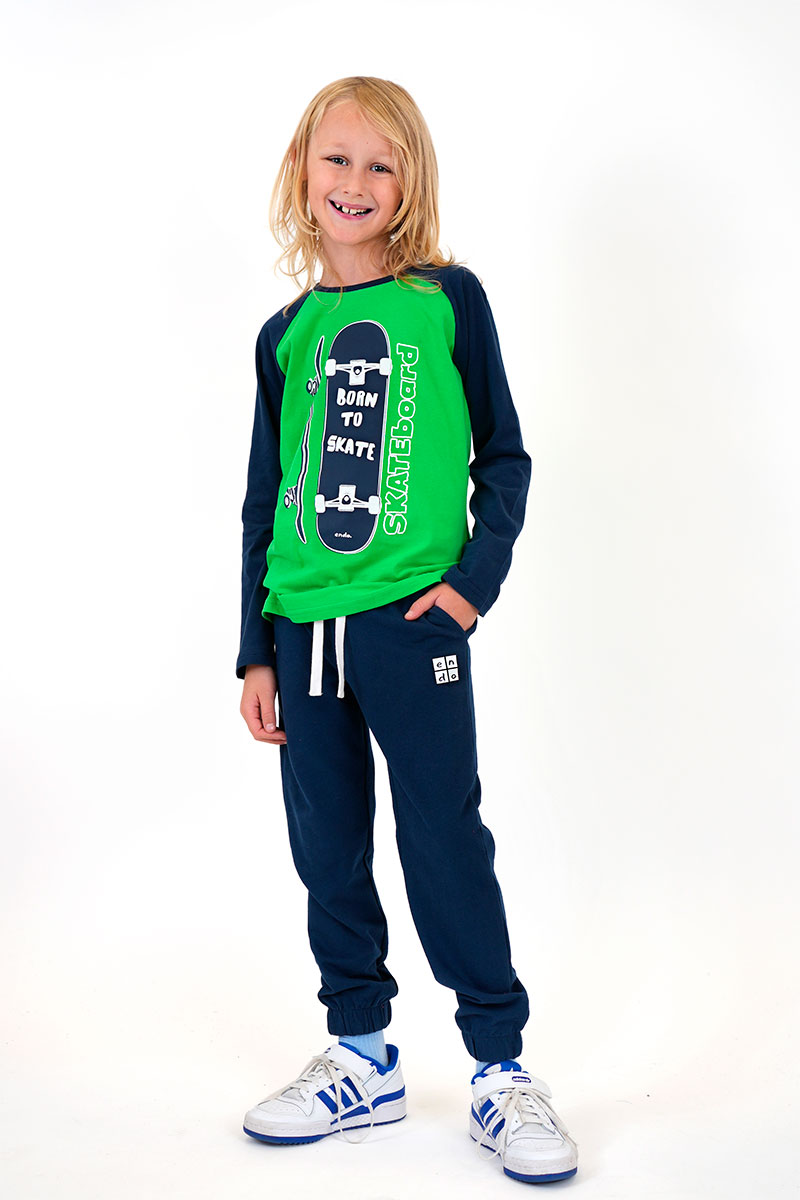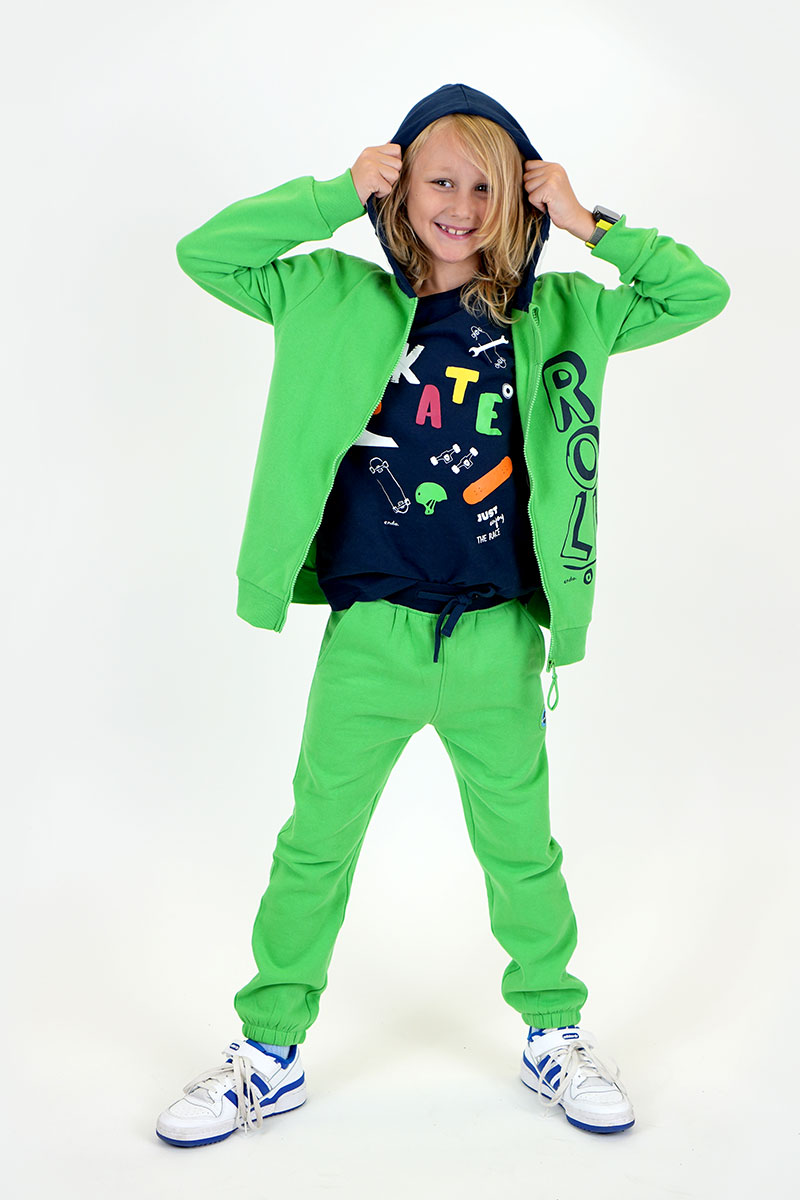
Winter is a unique time that presents us, as parents, with considerable challenges when it comes to dressing our children. I'd like to share with you my experiences and proven methods for dressing children on colder days so they feel comfortable and adequately protected from the cold.
Dressing my younger son for kindergarten
My younger son, being preschool-aged, is full of energy and loves spending time outdoors, regardless of the weather. In winter, I dress in layers , which allows me to easily adapt my outfit to changing conditions and activities. I try to choose comfortable clothes with simple cuts that my child can take off and adjust to the weather or room temperature.

Here's how I usually dress it:
- Base Layer: Cotton long-sleeved T-shirt that is soft and skin-friendly.
- Mid-layer: A warm sweatshirt for extra insulation. If I'm going out, I choose a hooded sweatshirt, which is more comfortable when wearing a jacket.
- Outer layer: Waterproof and windproof jacket. We have two jackets for our son – the first is a long, insulated parka with a hood by Endo, for long walks and colder weather. The second is a shorter but equally warm jacket for sunnier weather, which allows for a bit more freedom of movement when playing outside. If we're going to the mountains or want to make a snowman, we also wear snow pants, also by Endo :)
- Accessories: A warm hat that covers the ears, gloves, and a neck warmer, which is more practical than a scarf for play and activity during walks. If you plan to play in the snow, it's a good idea to bring extra gloves for your walk.
This set allows them to play freely outdoors, and we can easily remove or add a layer if necessary . It's worth remembering that children this age are very active, so overheating can be just as harmful as being too cold.

My older son's outfit for school
My older son prefers more casual and practical options . His favorite outfit for winter days is a short-sleeved T-shirt paired with a zip-up sweatshirt. This outfit keeps him comfortable and allows him to easily adjust to the temperature at school and during breaks outdoors. If it's a bit colder, he wears a lightweight long-sleeved T-shirt, and right now he prefers baseball-style shirts with sports motifs , especially those featuring his beloved skateboard.

The standard outfit for the older son is:
- Short-sleeved T-shirt : Cotton, breathable and pleasant to the touch material.
- Zip-up sweatshirt : Facilitates body temperature regulation.
- Sweatpants : for walks and activities, or wide-leg jeans or joggers.
- Jacket: Depending on your needs, either an insulated winter parka with a hood or a lighter winter jacket.
- Accessories: Hat, gloves, neck warmer or possibly a light scarf.
This outfit allows for complete freedom of movement and allows the child to adjust their outfit to their needs throughout the day. Of course, if the weather gets colder, they can add an undershirt or replace the T-shirt with a long-sleeved shirt .

Preparing for a winter break in the mountains
When planning a family trip to the mountains, where the weather can be unpredictable and snow is almost certain, I pay special attention to properly preparing clothes for the children.
Our essentials list includes:
- Thermal underwear: Wicks away moisture and retains warmth.
- Thick sweatshirts and fleeces or optionally sweaters made of natural materials.
- Waterproof jackets and overalls: Protect against snow and wind while allowing freedom of movement.
- Warm socks: Preferably wool to keep your feet dry and warm.
- Sturdy winter boots: With non-slip sole and insulation.
- Accessories: Hats, scarves, gloves – preferably waterproof and windproof.
This set allows us to enjoy winter activities without worrying about the children's thermal comfort. You can find a list of other clothes worth taking with you on your trip here .
A few extra tips
- Monitor your baby: Regularly check if they are too hot or too cold by touching the back of their neck – they should be warm but not sweaty.
- Avoid overheating: Overheating, like being too cold, can lead to colds.
- Choose natural materials: Cotton and wool allow the skin to breathe and better regulate body temperature.
- Remember to wear reflectors: It gets dark quickly in winter, so reflective elements on your clothes increase your safety.
I hope my experiences and tips will help you with dressing your children on a daily basis during winter. Remember, the key is to observe and adapt clothing to each child's individual needs.


Podziel się:
How to dress a baby in winter – at home, for a walk, for sleep?
Celebrate Dinosaur Day with us - download dinosaur coloring pages